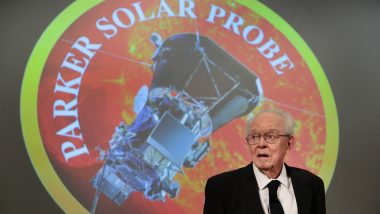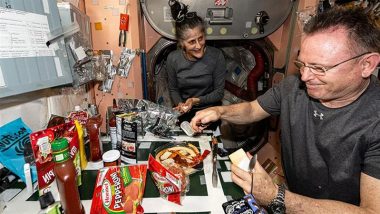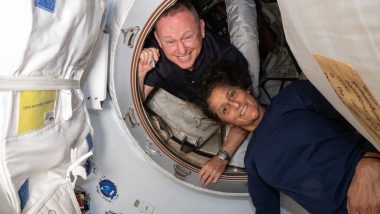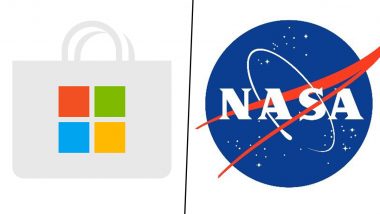Washington, Aug 2: NASA's Parker Solar Probe, which is humanity's first mission to the Sun, has cleared the final procedures ahead of its launch on August 11.
"NASA's Parker Solar Probe has cleared the final procedures in the clean room before its move to the launch pad, where it will be integrated onto its launch vehicle, a United Launch Alliance Delta IV Heavy," the space agency said in a statement.
The mission termed as historic "will revolutionize our understanding of the Sun, where changing conditions can propagate out into the solar system, affecting Earth and other worlds", it added.
The Parker Solar Probe will travel through the Sun's atmosphere, closer to the surface than any spacecraft before it, facing brutal heat and radiation conditions and ultimately providing humanity with the closest-ever observations of a star.
In addition to using the largest operational launch vehicle, the Delta IV Heavy, the Parker Solar Probe will use a third stage rocket to gain the speed needed to reach the Sun, which takes 55 times more energy than reaching Mars.
The spacecraft will travel directly into the Sun's atmosphere, about 4 million miles from its surface and more than seven times closer than any spacecraft has come before, due to its innovative Thermal Protection System.
The mission will perform the closest-ever observations of a star when it travels through the Sun's outer atmosphere, called the corona. The mission will rely on measurements and imaging to revolutionize our understanding of the corona and how processes there ultimately affect near-Earth space, NASA said.
(The above story first appeared on LatestLY on Aug 02, 2018 12:49 PM IST. For more news and updates on politics, world, sports, entertainment and lifestyle, log on to our website latestly.com).













 Quickly
Quickly












 MI
MI







